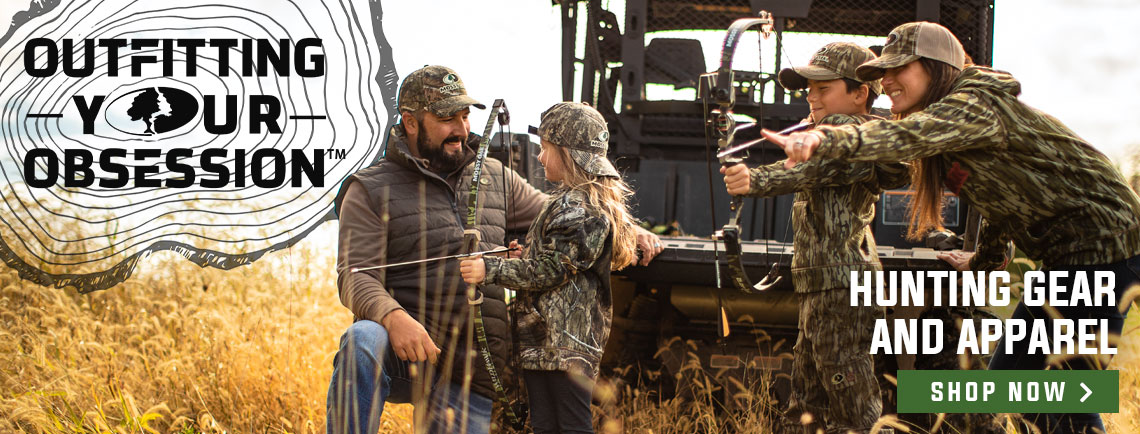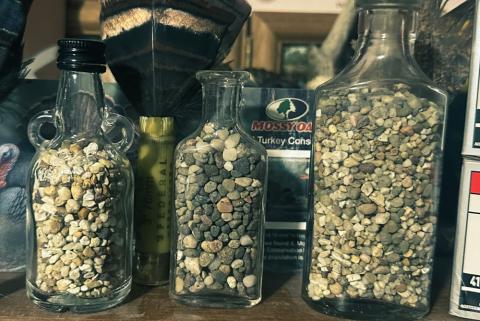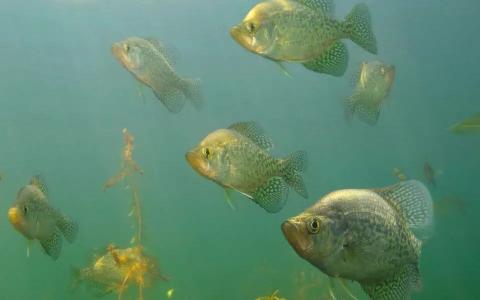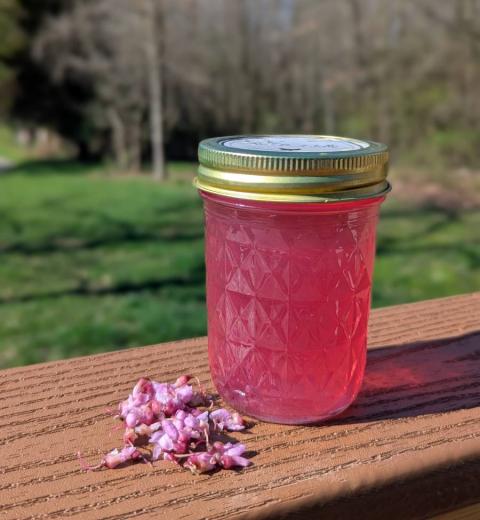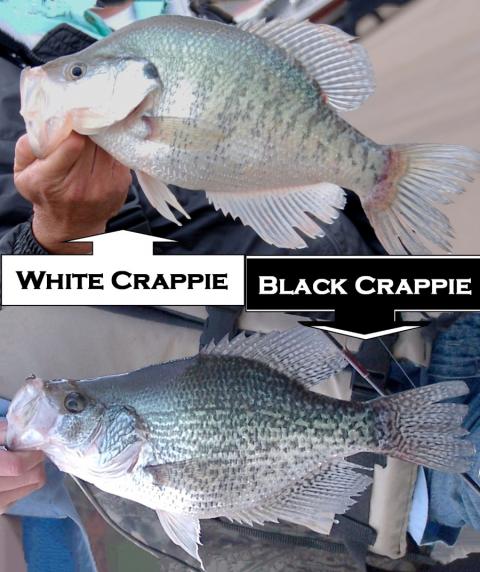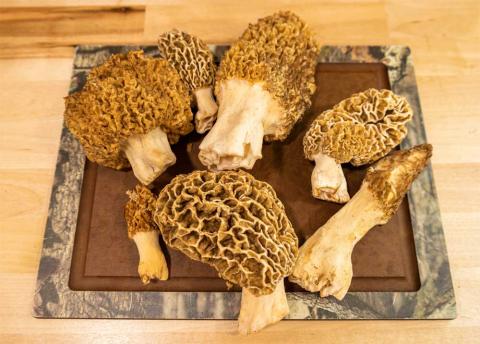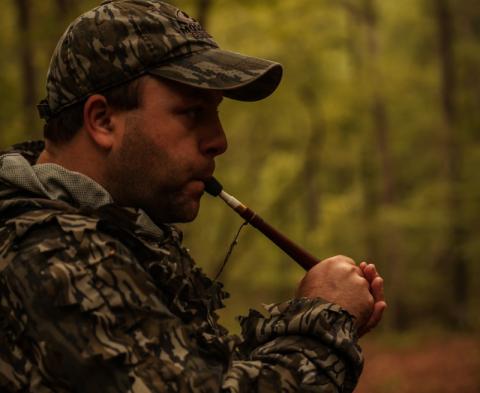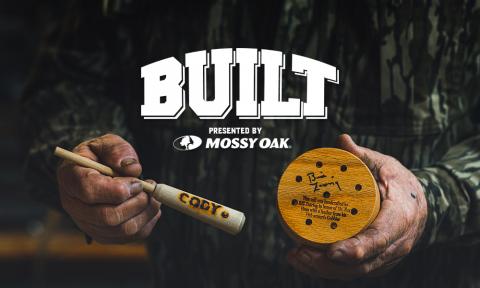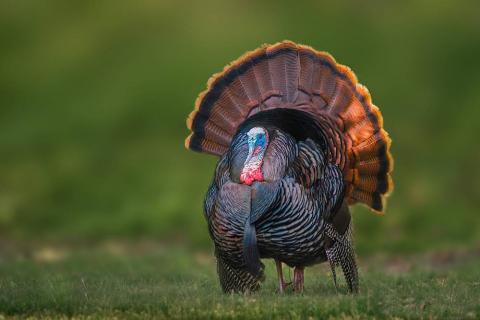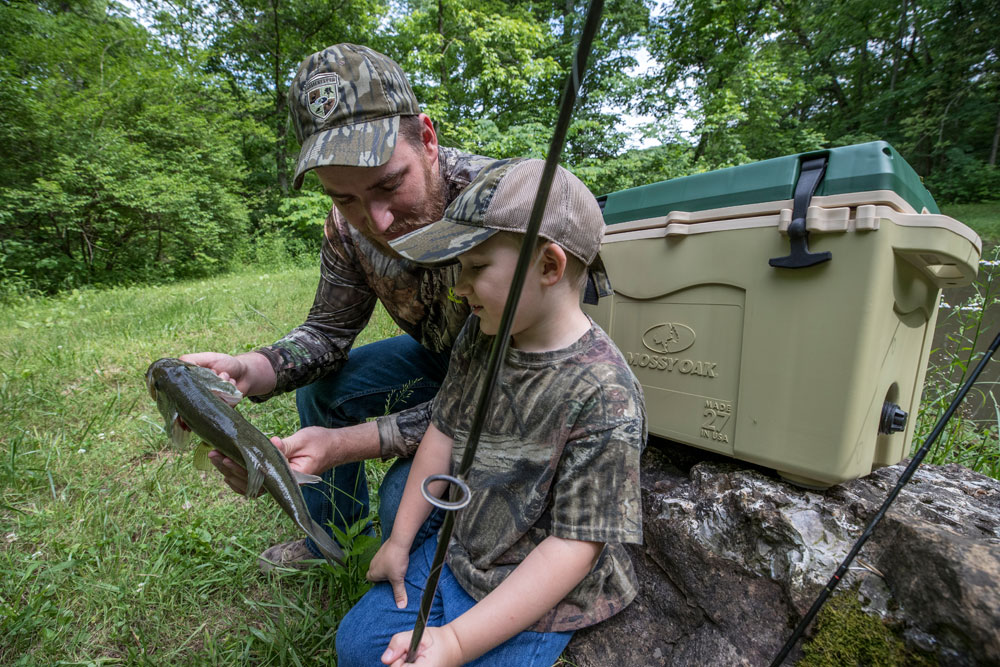
Gamekeepers play an important role in contributing to the diversity and conservation of our land and wildlife. They’re passionate about nature and, through various management techniques, they seek to create a better habitat for our wildlife and better conditions for a more successful hunt.
At Mossy Oak, our gamekeepers share the belief that being outdoors is just as much about hunting as it is about loving the land and its creatures, and it’s important to remember to always give back more than you take from it. Some of life’s most essential lessons are learned from the land and, as gamekeepers, we strive to care for, nurture, and conserve its many precious resources.
Most importantly, we’re committed to teaching future generations to respect the land and preserve our heritage. If you have small children at home, the best way to do this is by starting early. There are a few activities you can do together as a family to introduce kids to the world of gamekeeping and conservation. Here’s a simple how-to guide for teaching future gamekeepers:
Manage a Pond
Whether you have a pond or a lake on your property, one activity you can do with kids that will get them interested in the art of gamekeeping is to manage it together. After all, in order for your pond to thrive, it needs to be well-managed, so why not involve the little ones in the process? Ponds serve as the perfect outdoor classroom to teach small children how to fish, as well as how to tie a knot, bait a hook, cast a fishing lure, remove a fish from the hook, and even prepare it for dinner.
However, ponds offer more educational opportunities than just learning the mechanisms of fishing. They also serve as an example to kids of how proper pond management results in healthy renewable resources.
You can teach kids about the responsibilities of being a pond manager and proper techniques for fertilization, weed control, supplemental feeding, selective harvest, and how to maintain the ratio of predator versus prey in your pond that is necessary for creating an ideal habitat for fish and a successful fishing location for you and your family.
Practice Herd Management
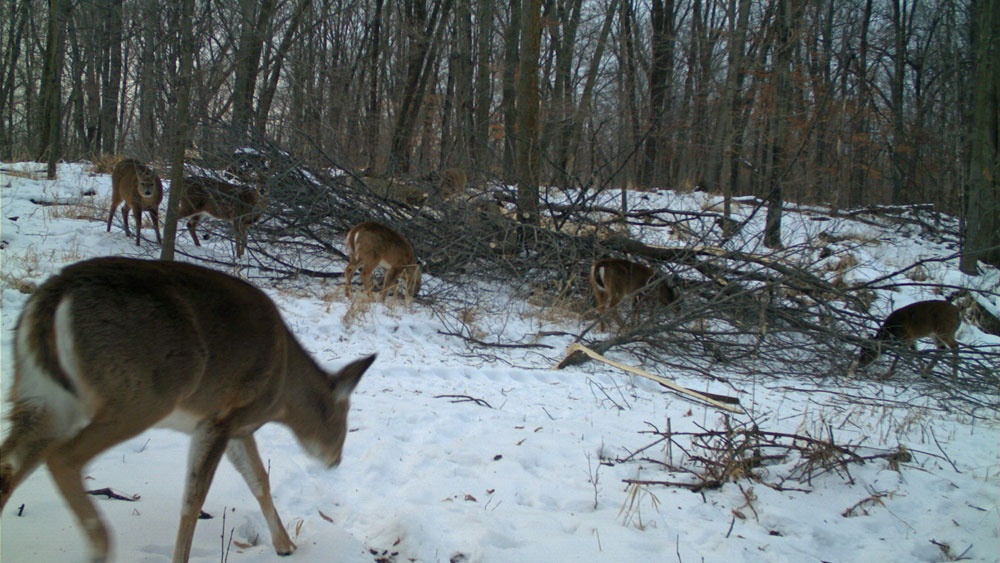
Another activity that you can involve young children in is herd management. As gamekeepers, we know that managing the doe populations on our land is crucial to seeing more bucks, especially during rutting season. By maintaining a manageable doe population, we can help balance the buck-to-doe ratio, creating a more intense rut and increased competition for does.
What’s more, keeping deer populations down to manageable levels is also beneficial to your food plots and the native browse you have on your property. Fewer mouths to feed mean that you can provide the deer that do live on your property with a higher percentage of the most desirable and nutritional plants and crops.
Managing doe populations in areas on your property that really need it is a great way to get kids involved in gamekeeping and land management.
Establish New Mineral Sites
When you discover a new area of your property that you want to investigate further, you can create a deer mineral site to see what deer are living in that location and what the potential of that area could be. Refreshing old mineral sites or establishing new ones on your property is the perfect family-friendly gamekeeping activity to involve young children in.
Creating a new mineral site doesn’t require any heavy equipment, machinery, or long, grueling hours. Plus, it’s a great way to teach kids a few basic skills, including where to put mineral sites and why mineral licks are important for whitetails.
Hunting and Trapping Predators
Hunting and trapping predators is another activity you can do together as a family. Predator control is an essential component of gamekeeping and land management. By harvesting predators—such as coyotes, foxes, bobcats, raccoons, and possums—you can create help create a better habitat for deer, turkeys, quail, pheasants, squirrels, rabbits, and other game. By reducing the number of predators on your property, you can benefit your land and increase its wildlife.
When introducing young children to the world of hunting and trapping, it’s important to always make sure that they are safe. In other words, take precautions, teach them a few hunting safety basics, and make sure they have all the appropriate gear before heading out into the woods.
Before you let them trap anything themselves, allow kids to observe you on a few trips so they can see how it’s done. Then, you can teach them how to set a trap themselves, what predator signs to watch out for, and where to set traps so that they’ll be the most effective.
What’s just as important as teaching kids how to properly set a trap is making sure they understand the reasons why we do it and how the land and its wildlife benefit from it. Not only does hunting and trapping predators allow you to improve your property, but it gives you the opportunity to spend more time with your kids and your family as well.
Plant a Food Plot and Trees for Wildlife
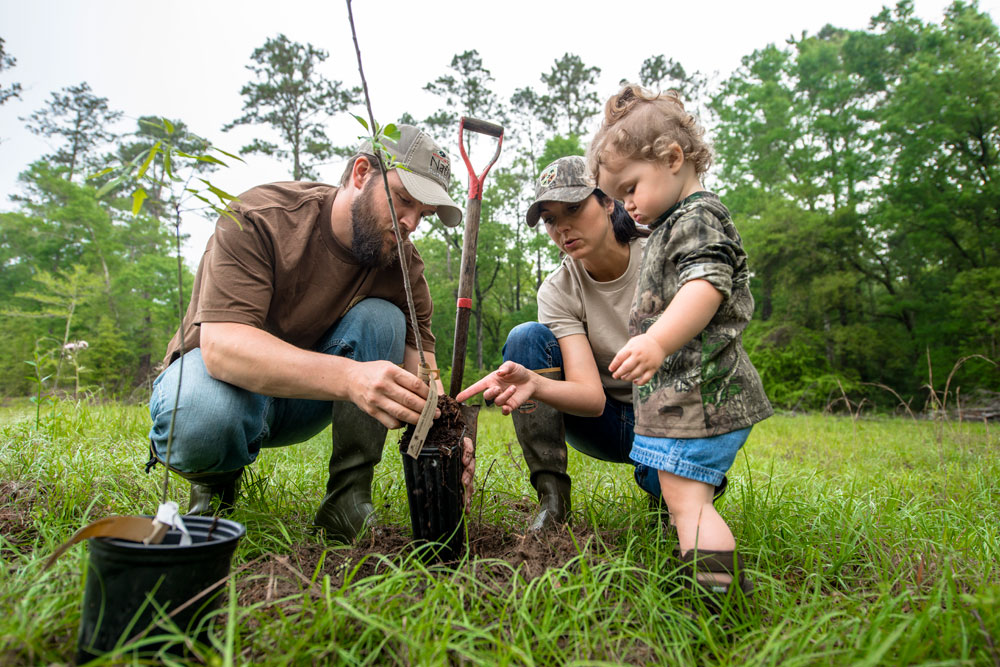
When deer hunting season is over, most gamekeepers have another issue on their mind—planting and growing food plots that provide deer populations with the best, most nutritious foods that will allow them to thrive and grow bigger and healthier for the coming season. Teaching your kids how to establish new food plots on your property is a safe and easy way to get them interested in gamekeeping.
Like establishing new food sources for deer, planting new food plots doesn’t require heavy machinery in most cases. It does, however, require a lot of planning, patience, and knowledge of your land. You can teach kids how to select the right spot for a food plot, test the soil’s pH, and make sure that they understand all of the many benefits of food plots and trees for wildlife, including that they provide supplementary nutrition to wildlife and are effective for attracting game during hunting season.
These are just a few of the activities you can do with kids to get them interested in land management and conservation, but the list doesn’t end there. There are so many other ways to teach future generations of gamekeepers how to live and love our land—and spend quality family time together in the process.

